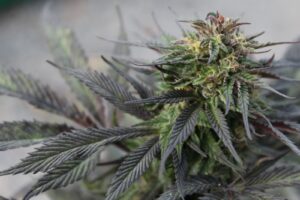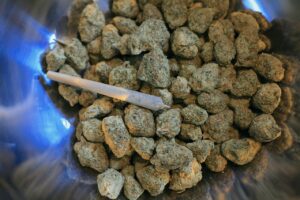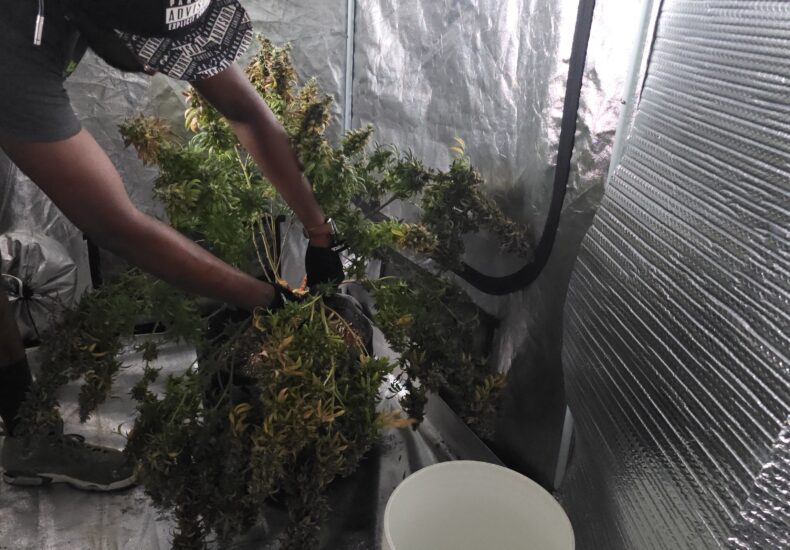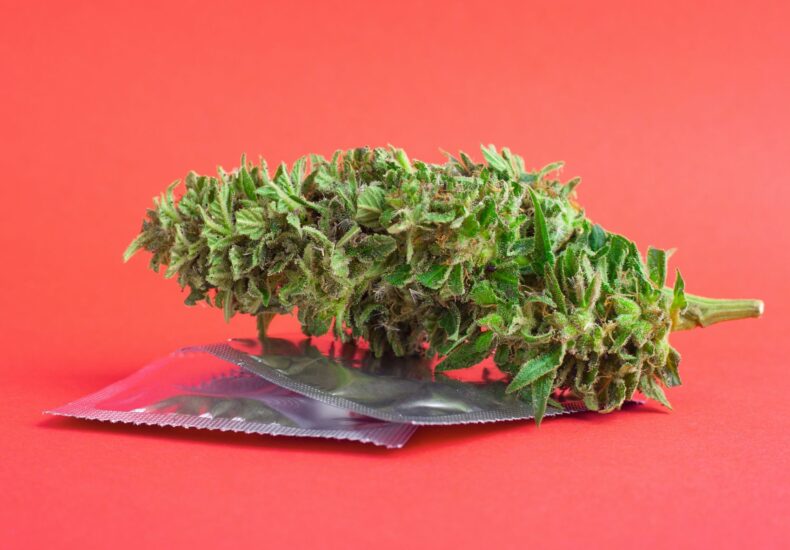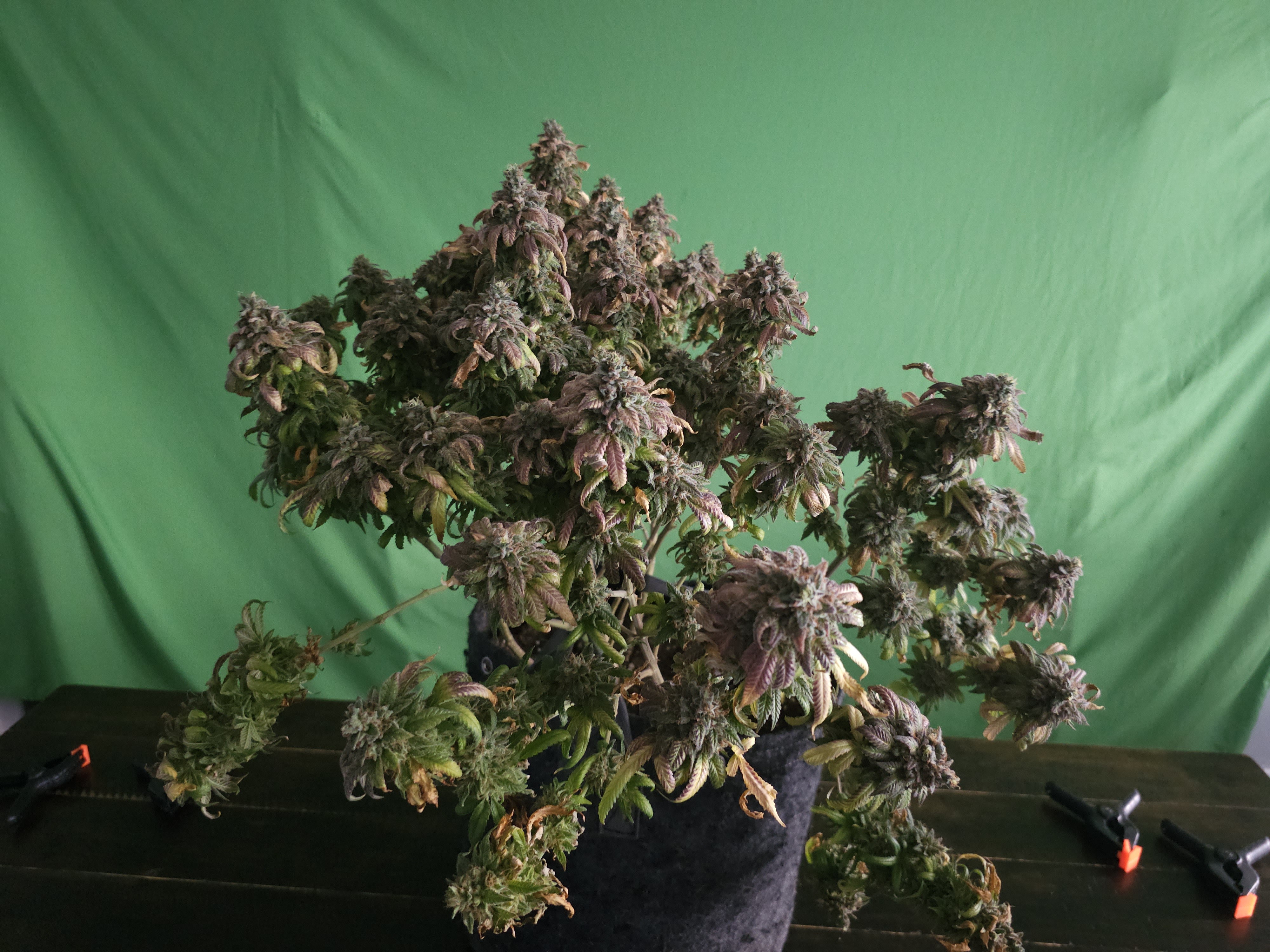
Among the various stages of cannabis plant growth, the flowering stage is one of the most anticipated. In fact, it is the part of marijuana growing that attracts many growers and those who use it for medicinal purposes.
During this phase of growth, you can expect that your plants will double their height. However, some strains are known to become taller than others. Once your cannabis plant has reached the flowering stage, it is signaled by the appearance of white hairs on some parts of its flowers.
This white hair is called ‘trichomes.’ The trichomes are small hair-like glands that appear on the surfaces of your cannabis plant. The color of these trichomes can be clear, cloudy, or amber. If you see many trichomes in white, this means that the flower is mature and well-developed for harvesting purposes.
If the flowers produced during the flowering stage are allowed to stay longer on their plant, they will eventually turn into seeds. Some growers can induce the flowering period of their cannabis plants by surgically removing some parts or manipulating its hormone balance with chemicals that include auxins and gibberellic acid (GA3).
Table of Contents
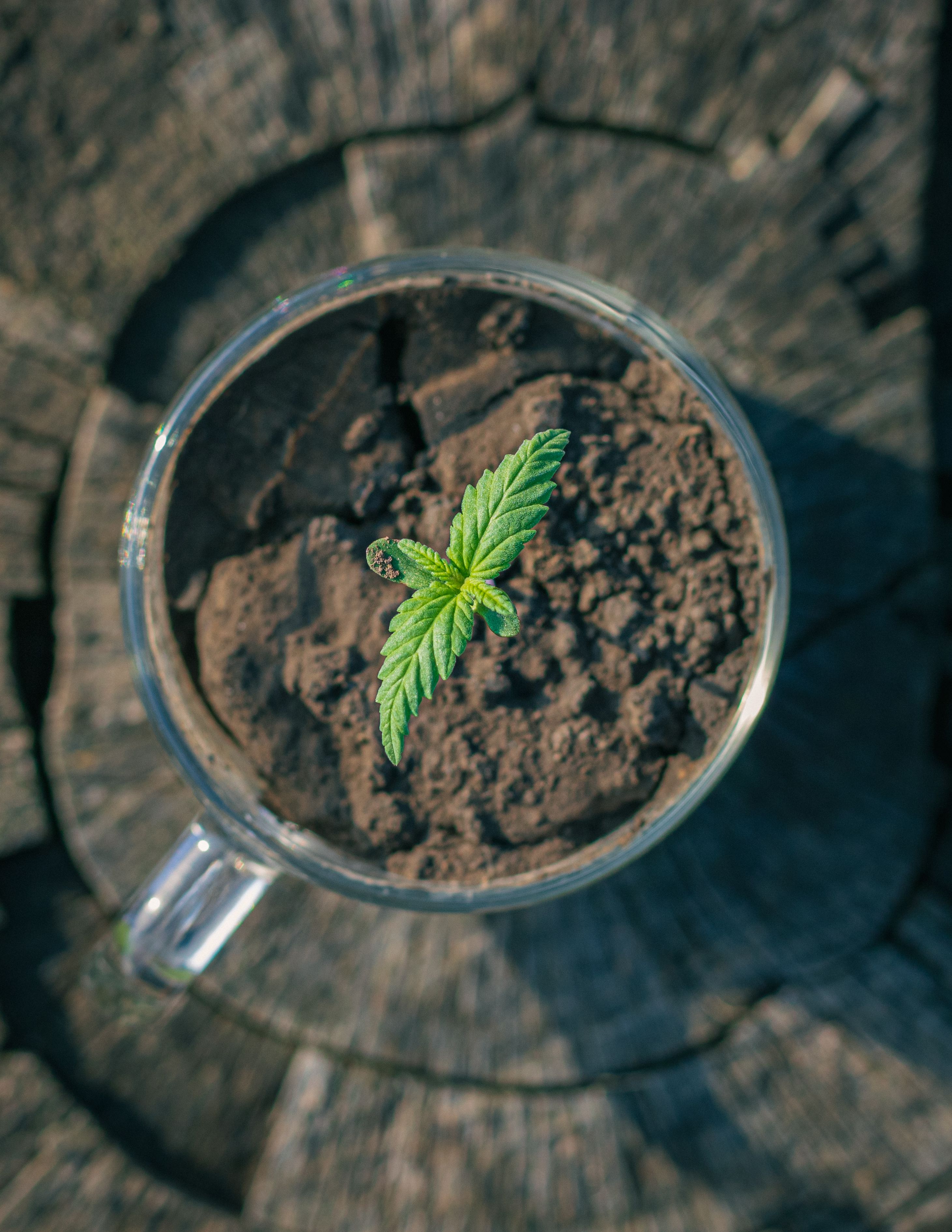
What to Expect During the Flowering Stage in Cannabis Plants
During the flowering stage, your cannabis plant will grow to its full potential. It can grow as tall as three meters. Note that this is the time when you must choose whether to maintain your plant’s height or not. You have two options – keep it small by keeping pruning or topping, or let the plant flower until the end.
During this stage, many things happen in your plants. Let’s dig deep and discuss some of the processes that take place from the last week of the flowering stage.
Essential Nutrients For Flowering Cannabis Plants
In the flowering stage, a lot of things happen. Some may be visible in your plant, while others are not so easy to see. You should be able to take care of them properly to produce healthy and high-quality buds for consumption purposes. The flowering stage in cannabis plants requires specific nutrients for their healthy being. These include:
Potassium (K)
Potassium plays a vital role in providing solid stems and sturdy nodes for cannabis growth. Potassium also encourages the production of healthy buds in the flowering stage and increases seed production.
Calcium (Ca)
Cannabis plants need calcium to create flowers that are used for reproduction. If calcium levels in the soil are quite low, it can lead to slow bud growth and delayed development of pistils. Just like potassium, calcium also helps in creating solid stems for cannabis growth during the flowering stage.
Iron (Fe)
Iron is known to enhance the production of flowers or “budlets.” Undoubtedly, this will ultimately lead to bigger and more potent buds in your plants. Make sure that you regularly check for iron levels during flowering stages. It’s best to use a supplement containing Iron three weeks before the flowering period starts.
Magnesium (Mg)
You can expect your plant to be healthier and more robust if you use a supplement containing magnesium. It is particularly helpful in enhancing the production of flowers and buds during the flowering stage. Magnesium also encourages a quick and healthy growth of stems and leaves during this crucial period.
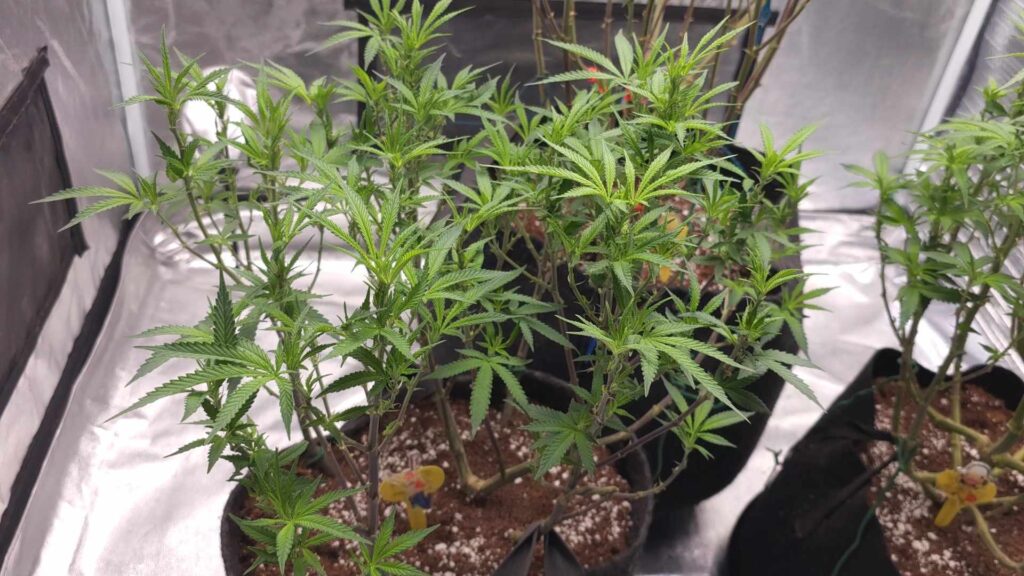
Transition to Flowering (Week 1-3)
During the first week of the flowering stage, cannabis plants typically exhibit slow growth, with minimal new leaf production. However, this initial phase can vary depending on the strain and its pre-flowering characteristics.
It’s important to monitor environmental conditions closely during this period. High temperatures can cause plants to extend their vegetative phase instead of transitioning into flowering. To ensure proper development, protect your plants from extreme temperatures, particularly until the end of the third week of flowering. This protection helps facilitate a smooth transition, allowing the plants to develop their flowering structures properly and begin producing buds.
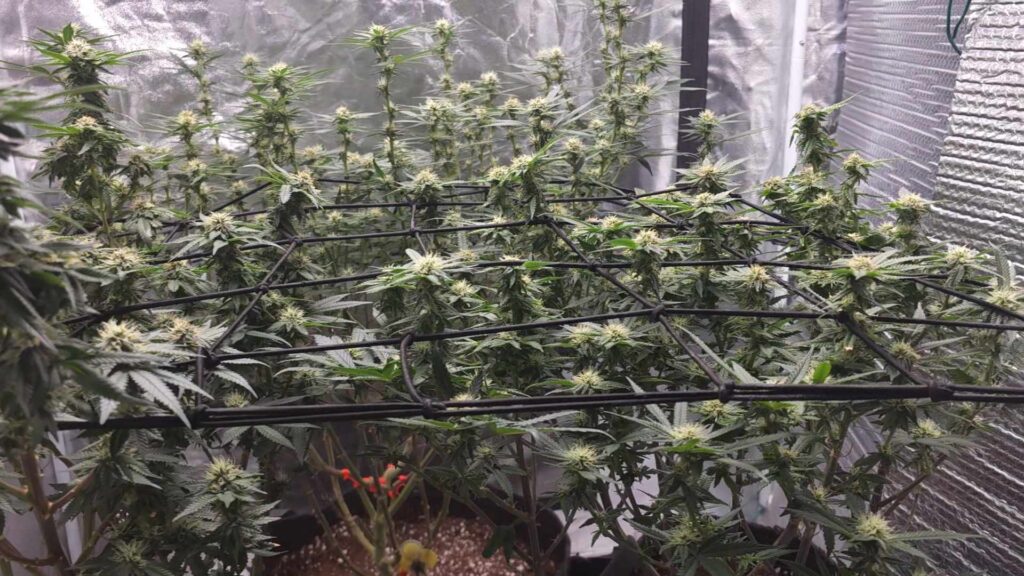
Formation of Budlets (Week 3-4)
During weeks 3 to 4 of the flowering stage, cannabis plants begin the process of “budding,” where small clusters of pistils start to form, known as budlets. This phase is sometimes referred to as the pre-flowering period. If your plants have been well-cared for up to this point, you’ll observe several small flowers forming at the nodes, where the branches meet the stem.
While some cannabis plants may produce multiple flowers per node, these clusters are generally considered a single bud or “budlet.” At this stage, the flowers develop their calyxes, the base structures that will eventually support the fully matured buds. You can also notice the appearance of white, fluffy, and tapered pistils, which are the plant’s reproductive organs. These early signs of flowering indicate that the plant is transitioning fully into the flowering stage, setting the foundation for further bud development.
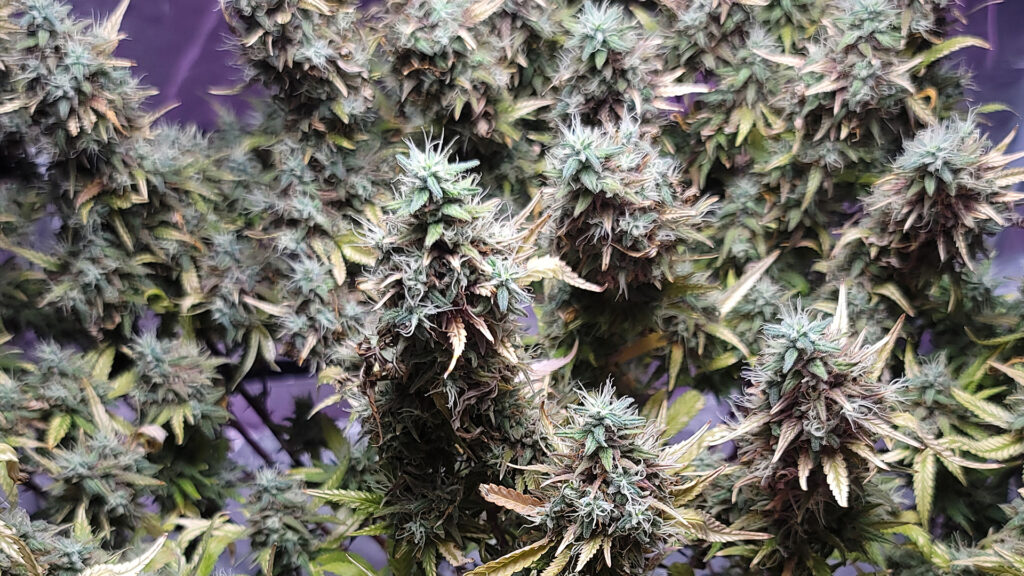
Fattening of Buds (Week 4-6)
From weeks 4 to 6 of the flowering stage, cannabis plants enter the “fattening” phase. During this time, the plants focus on developing more vegetative material and may experience some additional growth in height. The leaves grow stronger and thicker, continuing the vegetative growth trend.
By the fourth week, you’ll start noticing small crystals forming on the leaves, stems, and buds. These are trichomes, which are critical in the production of cannabinoids—the compounds responsible for the plant’s psychoactive effects and therapeutic properties. As the buds fatten, the trichomes become more prominent, indicating that the plant is maturing and accumulating these essential compounds. This phase is crucial for setting the stage for the final ripening and harvesting stages, as it directly influences the potency and quality of the cannabis.
Ripening of Buds and Darkening of the Pistil (Week 6-8)
During the ripening stage, which follows the fattening phase, cannabis buds mature and prepare for harvest. This is a crucial time, especially if you’re growing plants for seed production, as it’s important to let the buds fully ripen.
At this stage, the cannabis plant ceases to produce new leaves or stems. The existing leaves may change color, often turning yellow or other shades as the plant diverts its energy towards the buds. The pistils, the hair-like structures on the flowers, darken and thicken, indicating that the buds are reaching full maturity. These changes signify that the buds are ripe and ready for harvest, containing the peak levels of cannabinoids and terpenes.
Ensuring that the buds are properly ripened is key to maximizing their potency and quality, whether for consumption or seed collection.
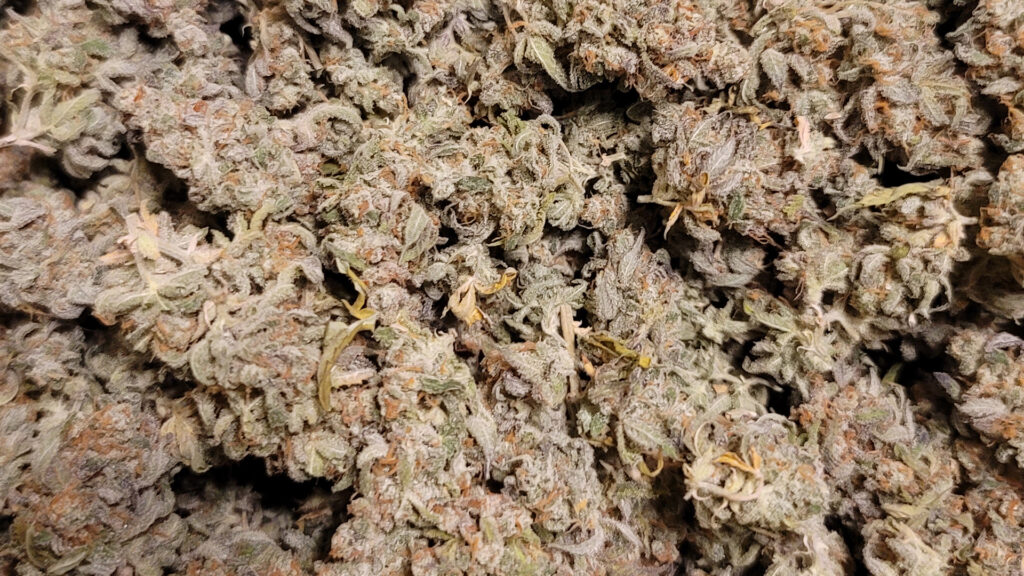
End of Flowering, Final Flush, Harvesting (Week 8+)
As the flowering stage concludes, typically around week 8, the cannabis plants show signs of maturity, such as pistils turning brown or red. This indicates that the buds are ready for harvest. At this point, growers often perform a “final flush,” using only plain water to remove excess nutrients and improve the final product’s taste.
Trichome color is a key indicator of harvesting readiness. Clear trichomes suggest the buds are not yet ripe, cloudy trichomes indicate peak potency and amber trichomes suggest more sedative effects as THC degrades. When the trichomes reach the desired state, the plants are harvested.
After cutting the plants, the buds are trimmed and hung to dry for about 7-10 days in a dark, well-ventilated space. Following drying, the buds are cured in airtight containers for two weeks to a month, enhancing their flavor and ensuring a smooth experience. Proper timing and care during this phase ensure high-quality, potent cannabis.
Bottom Line
The flowering stage is a critical period in the life cycle of cannabis plants, where all the hard work and care start to pay off. As we’ve explored, ensuring optimal conditions during this stage can significantly impact the quality and potency of the final product. From adjusting lighting and nutrients to monitoring for pests and diseases, each step you take brings you closer to a successful harvest.
But the journey doesn’t end here. The next crucial phase, the harvest stage, is where your meticulous efforts culminate. Proper timing and techniques during harvest are essential to preserving the plant’s cannabinoids and terpenes, ensuring that your crop reaches its full potential.
To continue mastering your grow, check out our detailed guide on the Harvest Stage. This article will provide you with essential tips and best practices for harvesting your cannabis plants, helping you maximize your yield and enjoy the fruits of your labor. Don’t miss out on perfecting the final steps of your grow journey!
Additional Resources:
- Grow That Sh!t Better by Maximus Reigns – An essential eBook for both novice and experienced growers, offering advanced techniques and tips for improving cannabis cultivation.
- Cannabis Growers’ Handbook by Ed Rosenthal – A comprehensive guide that covers all aspects of growing cannabis, from setup to harvest.
- Royal Queen Seeds Blog – A rich resource for growers, featuring articles on growing techniques, strain information, and more.
- Need Cannabis Seeds? – Seedsman Seeds has a variety of seeds for all growers from new and seasoned to medical and CBD users.
- Grow Weed Easy – A website dedicated to providing step-by-step guides and resources for growing cannabis at home.
These resources offer valuable insights and practical advice, whether you’re just starting or looking to refine your cultivation practices. Dive into these materials to further enhance your understanding and skills in growing cannabis.

